Create delicious Shiratama Dango at home in no time with just 2 ingredients! These pillowy soft little dumplings are a traditional Japanese sweets made from shiratamako (sweet rice flour) and water. Just like mochi, they’re soft and chewy with a subtle sweetness that makes them very versatile. Add them to fruit salad, drizzle with kuromitsu (black sugar syrup), serve with sweet anko paste and matcha ice cream, or many more options for the perfect bite-sized addition to any dessert or snack!

What is Shiratama Dango?
Shiratama dango are little white dumplings that are irresistibly soft and have a subtly sweet taste. This traditional Japanese treat is made from a simple mixture of just shiratamako (sweet rice flour) and water so it has a chewy, mochi-like texture just like other rice cakes. The name “shiratama” means “white ball” in Japanese which exactly describes their simple appearance. Since they’re so simple, they’re very versatile and can be used in many different desserts. Shiratama dango can be added to fruit salads, topped with anko (red bean/adzuki beans paste) or kinako (roasted soybean flour), served with matcha ice cream, or used to make other traditional desserts like zenzai, anmitsu, or anmitsu yokan.

Ingredients to Make Shiratama Dango
Shiratama dango is so simple, it uses just two main ingredients:
Shiratamako (白玉粉)
This is the main ingredient of shiratama dango. It’s a type of glutinous rice flour, also known as sweet rice flour or mochiko. Shiratamako is made by finely grinding mochigome (glutinous rice) into a smooth, white powder. It’s what gives the dango its characteristic chewy, mochi-like texture.
Water
The only other ingredient needed to form the dango is water. The right amount of water is crucial to achieve the perfect consistency – not too dry and not too sticky.

Shiratama Dango Ingredients Substitution and Variations
I often substitute water with silken tofu. There are two types of tofu: silken (kinugoshi) and firm (momen). I explained the difference between those two types in the Iri Dofu recipe if you are interested in reading that. For shiratama dango, silken tofu is better for it’s texture. Tofu adds protein, a nice squishy texture, and provides the necesary moisture.
Flavour variations can be made by adding matcha powder, yomogi powder or yomogi leaves, hojicha powder, and sakura powder. Also colour variations can be made by adding food colouring to make three coloured dango dumplings (hanami dango) for cherry blossom season and also other seasonal versions like for halloween.
How to Make Shiratama Dango
- Start to boil a pot of water and also prepare a bowl of ice water.
- Place the shiratamako In a mixing bowl.

- Gradually add water to the bowl while mixing with your hands. Start with about 3/4 of the water and add more as needed.
- Knead the dough until it comes together and feels soft like an earlobe. It should be pliable but not sticky.

- Divide the dough into small, equal portions (about 16-20 pieces) and roll each into a smooth ball about 2cm in diameter.

- Gently drop the dango balls into the boiling water. Be careful not to overcrowd the pot.

- Cook the dango for about 1-2 minutes. They’re ready when they float to the surface.

- Use a slotted spoon to remove the dango and immediately place them in the ice water to stop the cooking process.

- Once cooled, drain the dango.
- Serve the shiratama dango with your choice of toppings such as anko (sweet red bean paste), kinako (roasted soybean flour), or kuromitsu (black sugar syrup).
- The ratio of shiratamakoto to water should be equal, 1:1 by weight. But the ideal amount of water varies depending on the season and humidity, so start by adding about 3/4 of the amount and then adjust the amount by adding water a little at a time.
- Anything floating or sinking is not cooked through, so wait for it to float completely.
Serving Suggestions and Variations
Here are some ways to enjoy shiratama dango as a snack or dessert:
Mitarashi Dango
This is a classic Japanese sweet treat! The little shiratama dango are skewered, toasted, then glazed with an irresistible sweet-salty sauce made from soy sauce and sugar. The contrast of the soft, pillowy dango and the sticky, caramelized coating creates a mouthwatering combination.

Zenzai (sweet red bean soup)
Zenzai is a traditional Japanese dessert soup made with sweet adzuki red beans, often served hot and sometimes topped with mochi or shiratama dango for added texture and flavor.

Anmitsu
Anmitsu is another classic Japanese dessert. It’s made of small cubes of agar jelly, sweet azuki bean paste, and various toppings such as fresh fruits, shiratama dango, and ice cream, all drizzled with sweet black syrup (kuromitsu).

Anmitsu Yokan
Anmitsu yokan is a variation of traditional yokan (a dense, sweet bean jelly) that incorporates elements of anmitsu. It typically features layers of agar or kanten jelly, sweet red bean paste, shiratama dango, and sometimes fruits or nuts.

Cold Matcha Zenzai
Cold Matcha Zenzai is a refreshing summer variation of the traditional Japanese sweet red bean soup (zenzai). It’s made from chilled matcha-flavored liquid, topped with anko (sweet red bean paste), and shiratama dango or mochi.
Yomogi dango
Yomogi (mugwort) can be added to shiratama dango to create yomogi dango. These sweet rice dumplings flavored with mugwort gives them a distinctive green color and earthy flavor. It’s often served with sweet red bean paste or kinako (roasted soybean flour).
Shiratama Fruit Salad
A very quick and easy dessert is to combine shiratama dango with canned fruit mix. Just pour the fruit mix into a bowl along with the syrup and add the shiratama dango. You can also add extra fruits like strawberries, banana, and kiwi. This is a classic snack I used to make for my children, but be careful they don’t choke on the dango!
Kinako Dango
Another very easy way to eat shiratama dango is by sprinkling some soy bean flour (kinako) on top. It’s very simple but adds a delicious nutty flavour.

How to Store Shiratama Dango
You can store shiratama dango for a few hours until the next day by refrigerating them. Place the shiratama dango in a clean storage container filled with water, and submerge them in the water so that they will not stick together. But the shiratama dango will become soggy if it is refrigerated for longer than one day, so it is recommended that you either eat it on the day you make them or freeze them for longer storage. When freezing, wash them thoroughly to remove any slime on the surface. Place them separately on a metal tray lined with a baking sheet and make sure they do not stick together. Once they are completely frozen, transfer them to a ziplock freezer bag and store in the freezer. When it’s time to eat, either thaw it in the refrigerator naturally or thaw it in hot water. This way, you can enjoy the dango more closely to how they were when fresh. I don’t recommend reheating in the microwave.
FAQ
Q : What is the difference between shiratama dango and mochi?
A : Shiratama dango are made from shiratamako (glutinous rice flour) mixed with water, while mochi is typically made from whole glutinous rice that’s been pounded.
Shiratama dango are small chewy dumplings made from glutinous rice flour. This traditional treat is subtly sweet and bouncy soft!
Cook Time 10 minutes
Total Time 10 minutes
Servings: 16 balls
- ▢ 50 g glutinous rice flour (also called `Shiratamako`) *1
- ▢ 50 g water *2
Start to boil water in a large pot and prepare a bowl of ice water.
Place the shiratamako in a mixing bowl.
Gradually add water to the bowl while mixing with your hands. Start with about 3/4 of the water and add more as needed.
Knead the dough until it comes together and feels like soft earlobe. It should be pliable but not sticky.
Divide the dough into small, equal portions (about 16-20 pieces) and roll each into a smooth ball about 2cm in diameter.
Gently drop the dango balls into the boiling water. Be careful not to overcrowd the pot.
Cook the dango for about 1-2 minutes. They're ready when they float to the surface.
Scoop out the floating dango and put them into the prepared bowl filled with icy cold water.
Once cooled, drain the dango.
Serve your shiratama dango with your choice of toppings such as anko (sweet red bean paste), kinako (roasted soybean flour), or kuromitsu (black sugar syrup).
*1 Shiratamako and Glutinous rice flour are both made of sticky rice but the process is different so you can use either but I used shiratamako
*2 see the above post for substitution
Calories: 304kcal · Carbohydrates: 55g · Protein: 7g · Fat: 5g · Saturated Fat: 3g · Cholesterol: 17mg · Sodium: 66mg · Potassium: 274mg · Sugar: 28g · Vitamin A: 135IU · Vitamin C: 1.3mg · Calcium: 159mg · Iron: 0.5mg
Course: Dessert
Cuisine: Japanese
I want to see it! Tag @chopstickchronicles on social media!
The site and our mobile application may contain links to affiliate websites. We receive a small affiliate commission for any purchase made by you on the affiliate website using such links. Read our disclosure policy.

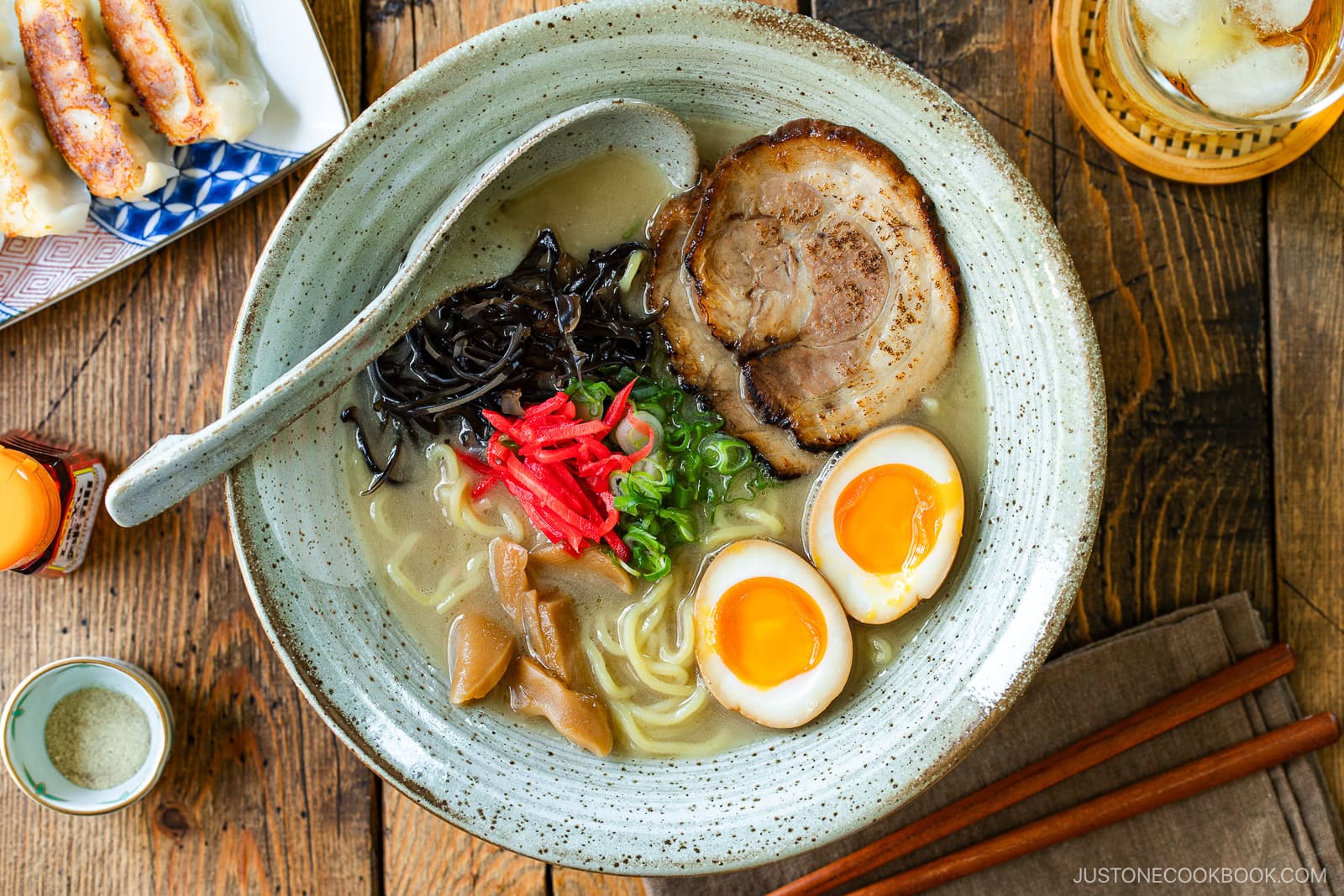

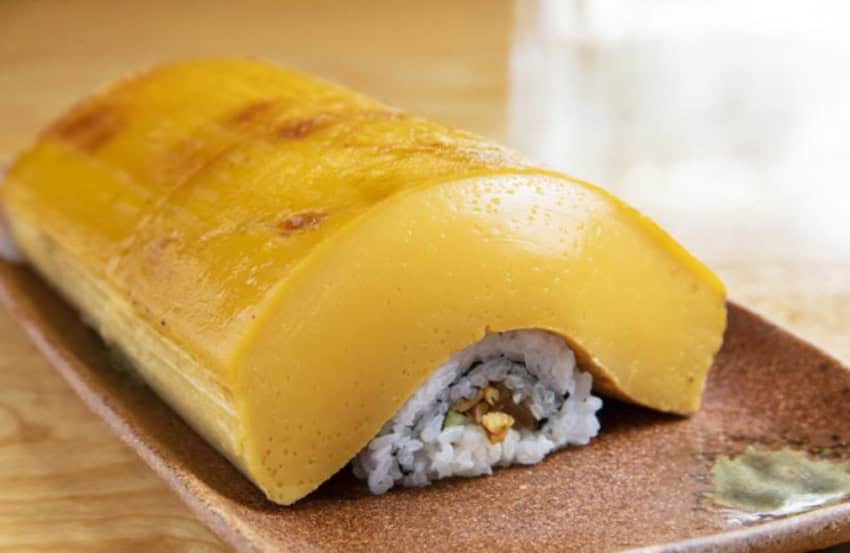
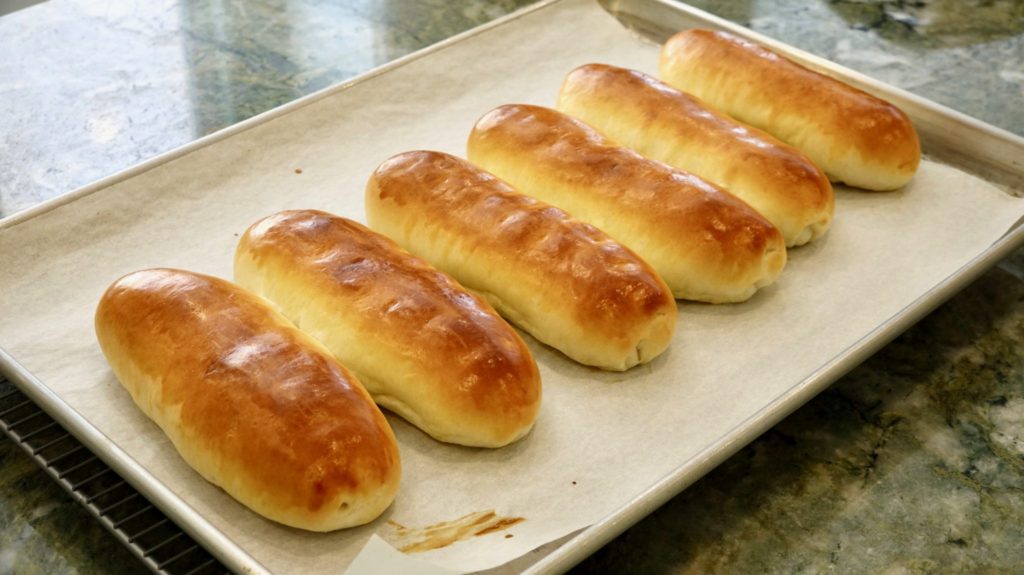


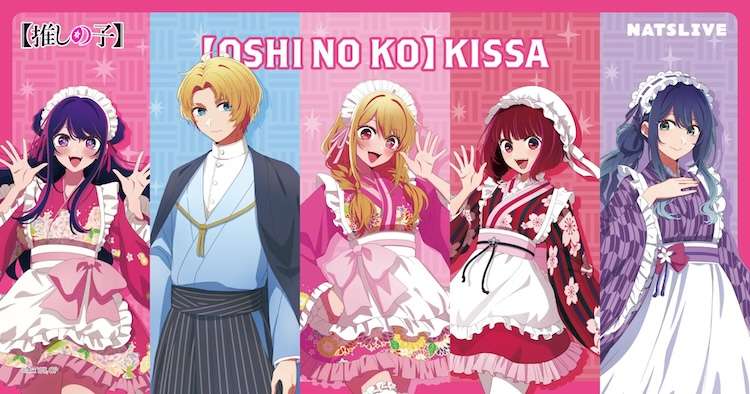
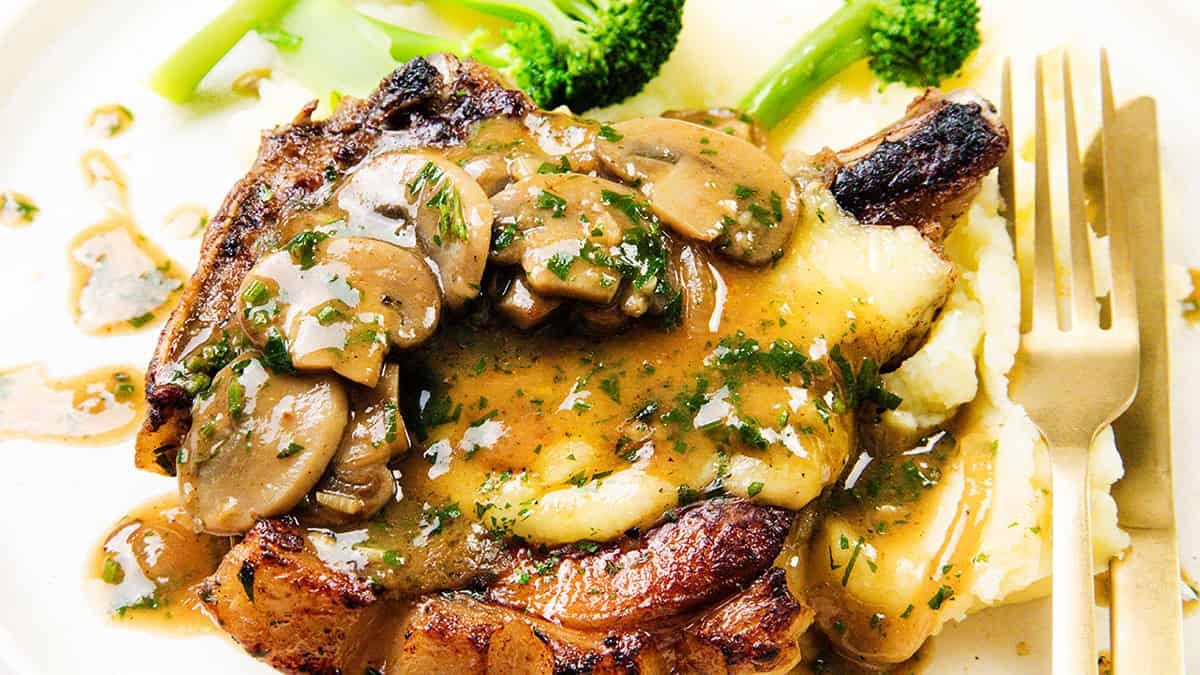


 English (US) ·
English (US) ·